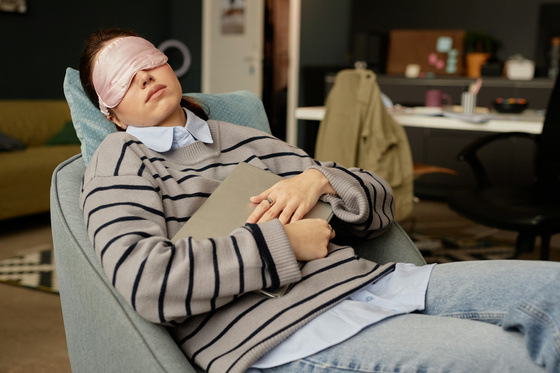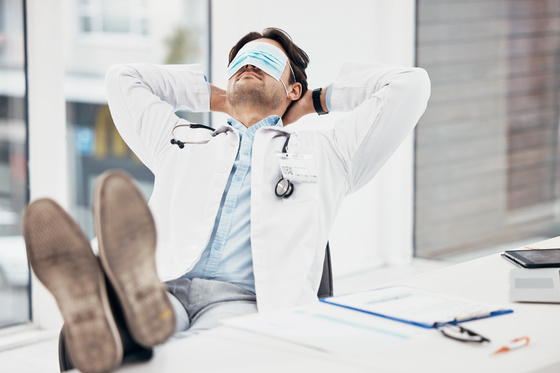The disadvantages of napping may outweigh the benefits, but what's the best way to take a nap?

Naps are valued as a way to increase focus, improve mood and strengthen memory. However, depending on how you take your nap, it can also disrupt your nighttime sleep. Professor Talar Moukhtarian of the University of Warwick's School of Medicine explains that naps have both advantages and disadvantages, and their effectiveness depends largely on how you take them.
Can a daily nap do more harm than good? A sleep researcher explains
https://theconversation.com/can-a-daily-nap-do-more-harm-than-good-a-sleep-researcher-explains-251630
Professor Moukhtarian explains that people may naturally feel sleepy in the afternoon, between 1 pm and 4 pm, but this is not just due to lunchtime, but is also a natural phenomenon caused by circadian rhythms. According to a study published in 2015, taking a 10-20 minute nap between 1 pm and 4 pm and then exposing yourself to bright light can reduce fatigue and improve cognitive function.

However, it has been shown that if you take a nap for more than 30 minutes, your brain will transition into a deeper sleep stage, causing fatigue and confusion when you wake up, a condition known as 'sleep inertia.' Previous studies have shown that the fatigue caused by waking from deep sleep can last for nearly an hour, adversely affecting decision-making, operating machines, and other aspects of the body.
On the other hand, there are situations where napping is essential. For example, shift workers and people who work night shifts tend to have fragmented sleep, so a nap before work is effective in reducing the risk of work errors and accidents. In addition, people who cannot get enough sleep on a daily basis due to childcare or work are recommended to make up for their sleep time through naps. However, for people with chronic insomnia, naps are better avoided because they weaken the desire to sleep at night.
In addition, naps are actively used in certain professions and activities as a means of improving performance. For example, athletes may incorporate naps into their training programs to improve muscle recovery speed, reaction time, and endurance. It has also been shown that short, strategic naps can help reduce fatigue and improve work efficiency in professions that require high concentration, such as medical professionals and airline pilots . In addition, a NASA study reported that a 26-minute nap improved aviation staff performance by 34% and attention by 54%.

According to Professor Moukhtarian, timing and environment are important for an effective nap. The ideal time for a nap is before 2 p.m., and naps after that may have a negative impact on the nighttime sleep cycle. In addition, Professor Moukhtarian says that the nap environment should be 'cool, dark, and quiet,' just like nighttime sleep, and that eye masks and noise-canceling earphones should be used.
'Despite the benefits of napping, it's not for everyone. Age, lifestyle and basic sleep patterns all influence whether a nap is helpful or a hindrance. Strategy is key to a good nap - knowing when, how and whether to nap in the first place,' said Professor Moukhtarian. 'Used wisely, napping can be a valuable tool. But used poorly, it could be the reason you're staring at the ceiling in the middle of the night.'

Related Posts:
in Science, Posted by log1i_yk







